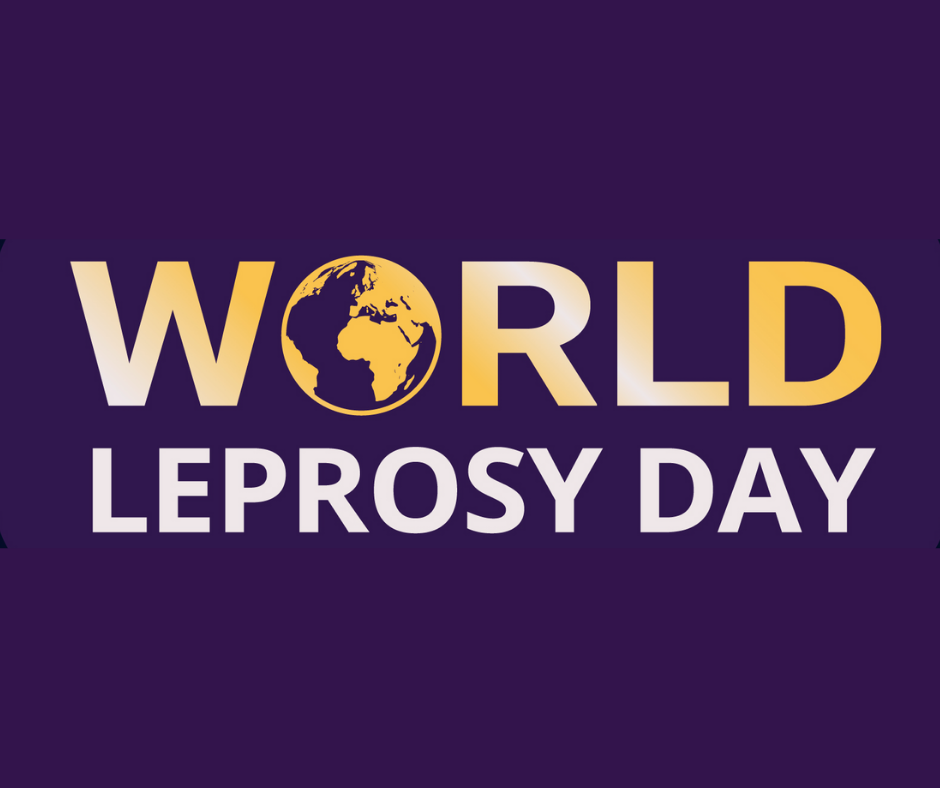Efficacious Therapies for Leprosy
December 31, 2023 | Sunday | Views
An effective AMR surveillance system for leprosy treatment can prove to be helpful to tackle this disease
One of the oldest diseases known to man, leprosy is primarily a disease of the skin and nerves. However, according to a recent study conducted by scientists at King George's Medical University in Lucknow, the disease can majorly affect the brain and spinal cord.
With this new observation, a concern regarding the effective treatment of leprosy is on the rise to protect the brain and spinal cord functions of the patients. The fact remains that India continues to account for 55 per cent of new cases reported globally each year and is among the 22 global priority countries that contribute 95 per cent of world numbers of leprosy warranting a sustained effort to bring the numbers down.
As per the National Strategic Plan (NSP) & Roadmap for Leprosy (2023-27) launched by the government in 2023, the objective is to achieve zero transmission of leprosy by 2027 i.e. three years ahead of the Sustainable Development Goal (SDG) 3.3.
While the strategy and roadmap focus on awareness for zero stigma and discrimination, promotion of early case detection, prevention of disease transmission by prophylaxis and roll out of a web-based information portal (Nikusth 2.0) for reporting of leprosy cases, there is still a long way to go in eliminating this disease in India.
Although leprosy is curable with a combination of drugs in the form of multi-drug therapy (MDT), supplied through the National Leprosy Eradication Programme (NLEP) in the country, relapse cases of leprosy add up to the trouble. In addition, the growing burden of antimicrobial resistance (AMR) worldwide is making things worse.
From its introduction in 1982 till date, the same three drugs (dapsone, rifampicin and clofazimine) constitute MDT for leprosy, and with emerging resistance to these drugs, there is a need to expand the repertoire of drugs to treat leprosy. Clinical and laboratory studies suggest the emergence of secondary drug resistance in treated/relapsed patients to dapsone, and rifampicin.
The rollout of MDT in the 1980s was a major factor in bringing down the burden of leprosy cases until 2005, after which a plateau was observed in the number of cases on treatment. As rifampicin is the backbone of the MDT regimen, it is important to monitor the emergence of rifampicin-resistant strains.
The mapping of the causal organism, Mycobacterium leprae, genome has identified sites at which mutations occur, conferring resistance to drugs. Rifampicin binds to the beta-unit (coded by the rpoB gene) of the RNA polymerase and certain mutations in the rpoB gene lead to rifampicin resistance in M leprae.
Studies have revealed that ofloxacin, minocycline, clarithromycin, rifapentine, and moxifloxacin are some of the other drugs known to be effective in the treatment of leprosy but there is no standard recommended or approved protocol to use them, except in cases of proven resistance to rifampicin.
Thus an effective AMR surveillance system for leprosy treatment can prove to be helpful to tackle this disease. We need to estimate the burden and monitor trends of AMR in leprosy among both new and relapse cases including patients seeking treatment in government health facilities, medical colleges, and dermatologists. This also includes the establishment of national reference laboratories regionally.
The Indian government had previously instituted surveillance of drug resistance emergence in programmes related to tuberculosis, vector-borne diseases etc. Likewise, the execution of country-wide surveillance for AMR management in leprosy is something to look forward to, as we move closer to World Leprosy Day on January 28, 2024.
Alternatively, we need to keep exploring new treatment strategies for leprosy. For instance, a scientific collaboration between Japan and the Netherlands has resulted in the identification of a receptor or a glycolipid molecule that could offer an alternative to the current, antibiotic-heavy treatment for leprosy. Researchers maintain that the special structure-activity relationship between the identified molecules could be replicated to create other immune-stimulatory drugs in the future.
Dr Manbeena Chawla
Executive Editor
(manbeena.chawla@mmactiv.com)










